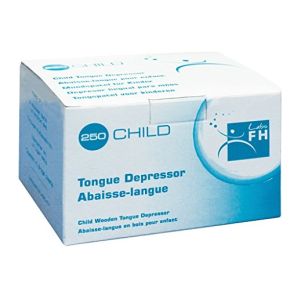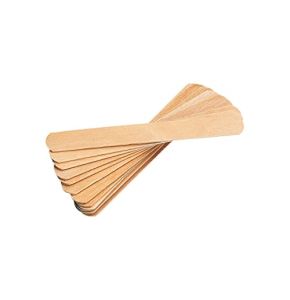Tongue Depressor
18/11/2024 44
18/11/2024 54
18/11/2024 56
18/11/2024 46
18/11/2024 41
18/11/2024 63
18/11/2024 39
18/11/2024 48
18/11/2024 54
18/11/2024 44
18/11/2024 46
18/11/2024 47
18/11/2024 35
Tongue Depressor: The Simple Tool That Makes All the Difference
The tongue depressor may appear to be a mundane instrument, but it is essential in medicine. Primarily used during examinations of the mouth and throat, it helps healthcare professionals view hard-to-reach areas. Although often considered a simple stick, its proper use is crucial for obtaining an accurate diagnosis. In this category, we offer a selection of tongue depressors tailored to your needs.
What is the exact purpose of a tongue depressor in daily medical practice?
The tongue depressor is used to examine the oral cavity and throat. By gently pressing down the patient's tongue, it allows the doctor to see the back of the throat. This helps detect issues such as inflammation, infections, or abnormalities. Tongue depressors are essential for diagnosing diseases like angina, pharyngitis, or tonsillitis.
They are also used by dentists to retract the cheeks or tongue during dental care. This provides better visibility and facilitates procedures. Pediatricians use them to examine the mouths of children, who may have difficulty opening their mouths wide. Thus, it is a versatile tool that facilitates numerous clinical examinations.
What are the different types of tongue depressors available and when to use them?
There are several types of tongue depressors, made from different materials. Each type has its own advantages and specific uses. Here are the main types available:
- Wooden Tongue Depressors: This is the most common type. Made from smooth wood, they are disposable after use. They are economical and hygienic, ideal for quick consultations.
- Plastic Tongue Depressors: Reusable after disinfection, they are more durable than wood. They are often used in hospital settings where examinations are frequent.
- Metal Tongue Depressors: Made from stainless steel, they are highly durable. They must be sterilized after each use. They are ideal for clinics that prefer durable instruments.
- Lighted Tongue Depressors: They incorporate a small light to illuminate the patient's throat. Very useful for better visibility during detailed examinations.
The choice of diagnostic tool type depends on your needs and practice. Wooden tongue depressors are perfect for general consultations. Plastic or metal models are suitable for environments where reuse is preferred. Lighted models are ideal for in-depth examinations.
How to Use Tongue Depressors Safely and Effectively?
Correct use of this medical tool is essential for patient comfort and examination accuracy. Here are some techniques for optimal use:
- Patient Positioning: Ask the patient to sit upright and slightly tilt their chin up. This facilitates access to the oral cavity.
- Gentle Use: Place the tongue depressor on the anterior third of the tongue. Press gently to avoid triggering a gag reflex.
- Observation: Ask the patient to say "Ah" to lower the soft palate. This allows a better view of the throat.
- Communication: Explain each step to the patient to reassure them. A relaxed patient facilitates the examination.
By following these tips, you ensure an effective examination while maintaining patient comfort. Good technique reduces the risk of discomfort and improves diagnostic quality.
What are the hygiene and sterilization considerations for tongue depressors?
Hygiene is paramount when using tongue depressors. To prevent cross-infections, it is important to adhere to certain protocols:
- Single Use: Wooden models must be discarded after each patient. This prevents any contamination.
- Sterilization: Reusable metal or plastic models must be sterilized according to current protocols. Use an autoclave or appropriate disinfectant solutions.
- Storage: Store tongue depressors in a clean, dry place. Avoid contact with contaminated surfaces.
- Hand Hygiene: Wash your hands before and after each examination. Wear gloves if necessary.
By adhering to these hygiene measures, you protect your patients and yourself. Paying particular attention to the cleanliness of tongue depressors is essential for safe medical practice.
Are there alternatives to traditional tongue depressors?
Yes, there are alternatives and innovations that can replace or complement this traditional tool. Here are some examples:
- With Integrated Light: As mentioned, it illuminates the throat for better visibility. It is useful in low-light environments.
- Single-Use Spatulas: Made from biodegradable materials, they are an eco-friendly option compared to wooden tongue depressors.
- Medical Camscope: A small device with a camera to view the throat on a screen. It allows for a more detailed examination and can record images.
- Contactless Devices: Use techniques like suction to lower the tongue without direct contact. Useful for reducing contamination risks.
These alternatives offer additional options for healthcare professionals. They can improve the accuracy of examinations and patient comfort. However, the traditional tongue depressor remains a reliable and widely used tool.
Remember that the correct use of this medical tool can make all the difference in your diagnoses!
 Francais
Francais 
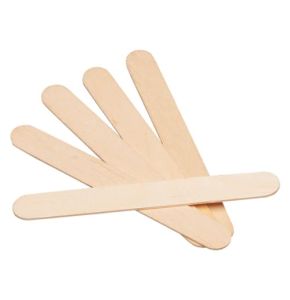
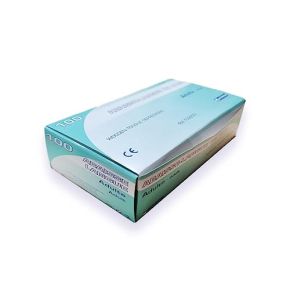
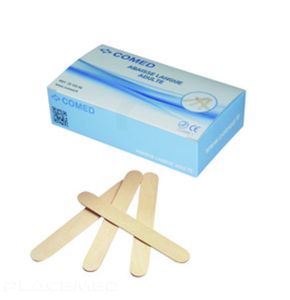
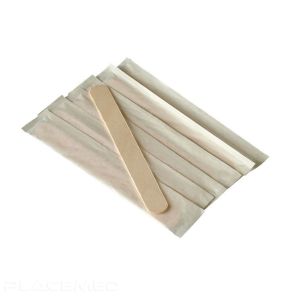
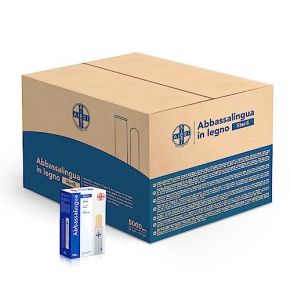
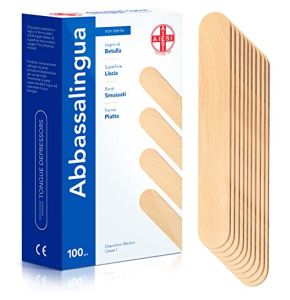
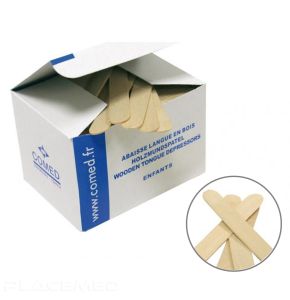
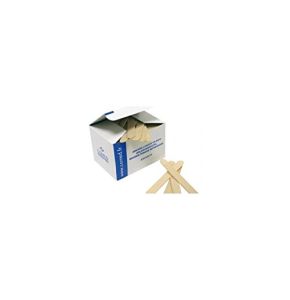
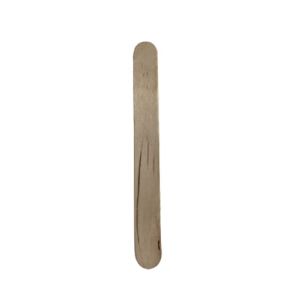
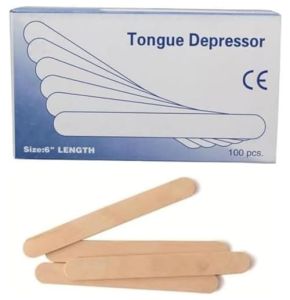
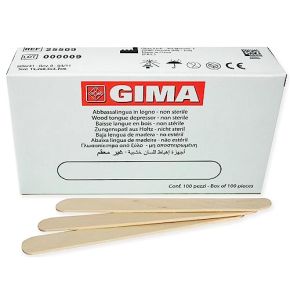
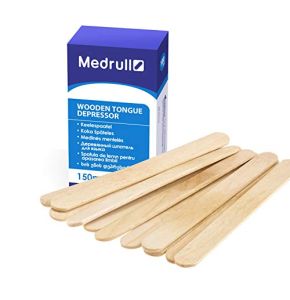
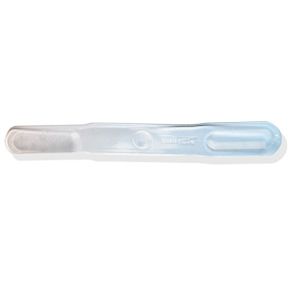
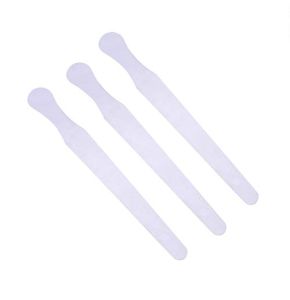
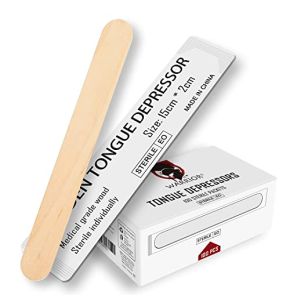
![Wooden Multi-Purpose Ice Cream Sticks 11.4 cm for Crafts, Ice Cream and Popsicles [200 Pieces] Wooden Multi-Purpose Ice Cream Sticks 11.4 cm for Crafts, Ice Cream and Popsicles [200 Pieces]](https://www.placemed.fr/image/cache/media/catalog/1/b09325532f_v_1_amaz-290x300.jpg)

